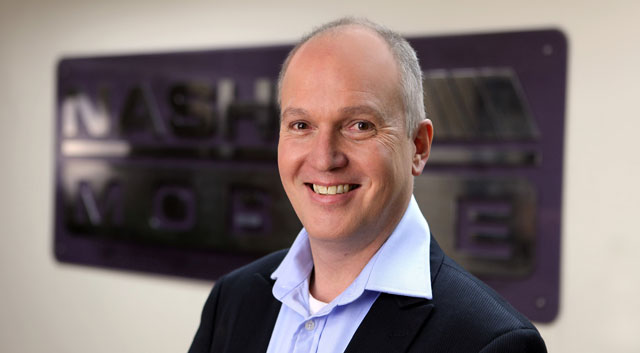
Universal access to the Internet in South Africa is no longer being held back by high prices or a lack of education, but by government and regulatory inefficiency.
Smartphones and mobile computing devices are getting cheaper and broadband far more affordable. But the spectrum needed to deliver high-speed bandwidth is still clogged up by the government’s frustrating delay in switching television broadcasts from analogue to more efficient digital signals.
We are at a juncture where technology developments have outpaced our regulations. The freeing up of spectrum through the digitisation of TV signals is lagging behind, and has serious implications for our operators remaining on the forefront of offering the latest technologies to South Africa.
Network operators are introducing the latest 4G/LTE wireless technology for high-speed, high-capacity data, but they cannot set up national LTE networks because spectrum is not available. It’s crucial that we see the delivery of additional spectrum quickly to remain globally competitive, otherwise South Africa will fall further behind in the broadband divide.
Universal access to broadband is starting to border on a human right. We can’t deliver that because TV channels are still using the spectrum, so digital migration must be finalised.
Smartphones now cost as little as R700 and entry-level tablets cost less than R1 000. Tablets will soon be affordable for most of the population but without the right connectivity it means very little. Fees for wireless data downloads have come into line with the rest of the world at less than R100 for 2GB, although fixed-line access via ADSL is still fairly expensive.
Regulations are hampering further price cuts, as the Independent Communications Authority of South Africa (Icasa) has allowed the controversial issue of local-loop unbundling (LLU) to stall. That affects “last mile” connectivity to the home, as Telkom still holds a monopoly over fixed-line infrastructure. Customers are suffering and South Africa is starting to suffer.
Service providers are offering wireless access to the home and some municipalities are planning Wi-Fi networks over residential areas, but fixed lines can still deliver the faster speeds that bandwidth-hungry applications need.
Many social problems can be alleviated once smartphones become ubiquitous, beginning with healthcare and education.
Mobile devices can allow remote diagnosis for people with no easy access to health-care professionals. An app can allow the user to take their temperature and check their pulse rate, by putting their finger on the camera to measure infrared signals transmitted by their digit. For education, there’s been a big increase in the amount of institutions wanting to put tablets into the hands of every student, because a prolific amount of educational content is available online.
If every student had a tablet, the Limpopo textbook crisis wouldn’t have happened because schools would no longer rely on the delivery of physical books. While a tablet for each pupil sounds fanciful, it could be reality within five years.
Increasingly, schools are communicating electronically and students can download things like maths apps and the teachers can monitor their progress. It’s changing the way pupils are learning.
From an adoption curve, tablets are the most successful technology ever, and as costs come down they will reach even poor South Africans. Instead of wasting money on television set-top boxes, the government should be looking at how to get tablets into the hands of all citizens.
- Mark Taylor is CEO of Nashua Mobile




